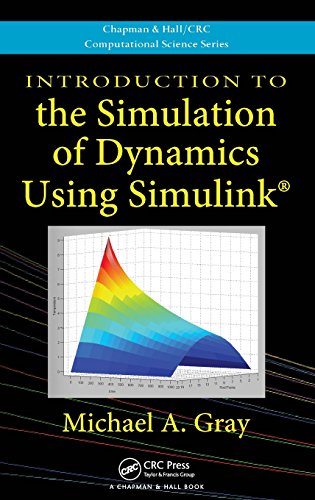

Most ebook files are in PDF format, so you can easily read them using various software such as Foxit Reader or directly on the Google Chrome browser.
Some ebook files are released by publishers in other formats such as .awz, .mobi, .epub, .fb2, etc. You may need to install specific software to read these formats on mobile/PC, such as Calibre.
Please read the tutorial at this link. https://ebooknice.com/page/post?id=faq
We offer FREE conversion to the popular formats you request; however, this may take some time. Therefore, right after payment, please email us, and we will try to provide the service as quickly as possible.
For some exceptional file formats or broken links (if any), please refrain from opening any disputes. Instead, email us first, and we will try to assist within a maximum of 6 hours.
EbookNice Team

Status:
Available5.0
27 reviewsDesigned for undergraduate students in the general science, engineering, and mathematics community, Introduction to the Simulation of Dynamics Using Simulink® shows how to use the powerful tool of Simulink to investigate and form intuitions about the behavior of dynamical systems. Requiring no prior programming experience, it clearly explains how to transition from physical models described by mathematical equations directly to executable Simulink simulations.
Teaches students how to model and explore the dynamics of systems
Step by step, the author presents the basics of building a simulation in Simulink. He begins with finite difference equations and simple discrete models, such as annual population models, to introduce the concept of state. The text then covers ordinary differential equations, numerical integration algorithms, and time-step simulation. The final chapter offers overviews of some advanced topics, including the simulation of chaotic dynamics and partial differential equations.
A one-semester undergraduate course on simulation
Written in an informal, accessible style, this guide includes many diagrams and graphics as well as exercises embedded within the text. It also draws on numerous examples from the science, engineering, and technology fields. The book deepens students’ understanding of simulated systems and prepares them for advanced and specialized studies in simulation. Ancillary materials are available at http://nw08.american.edu/~gray